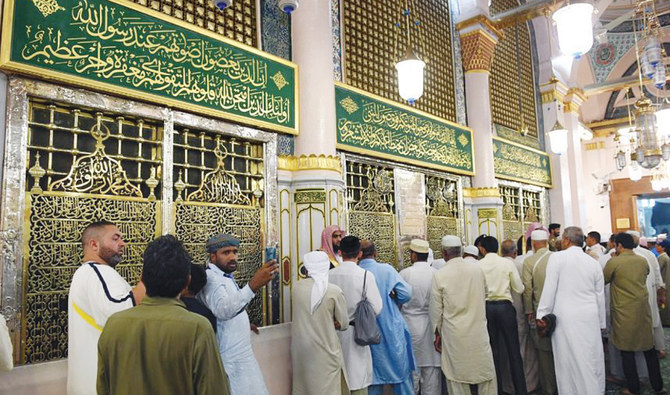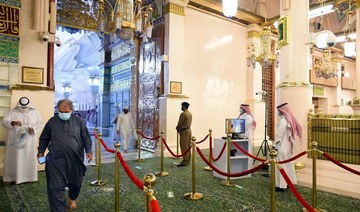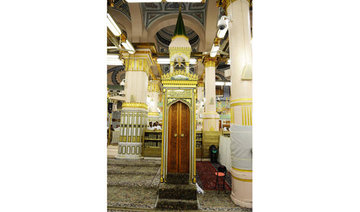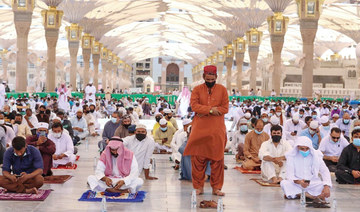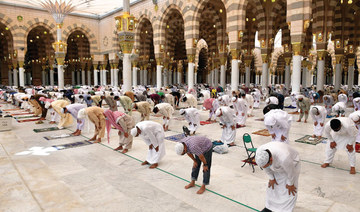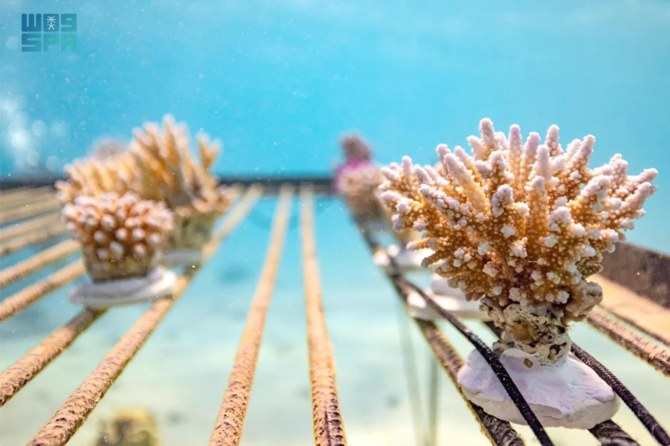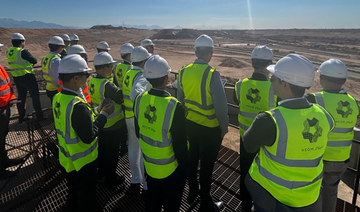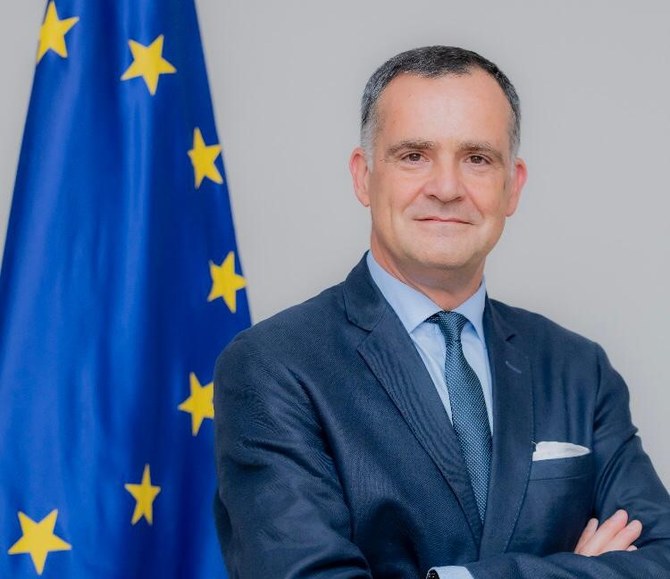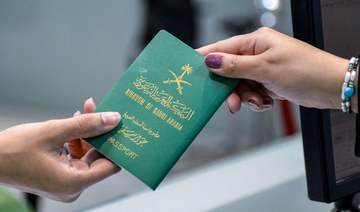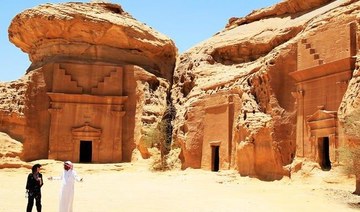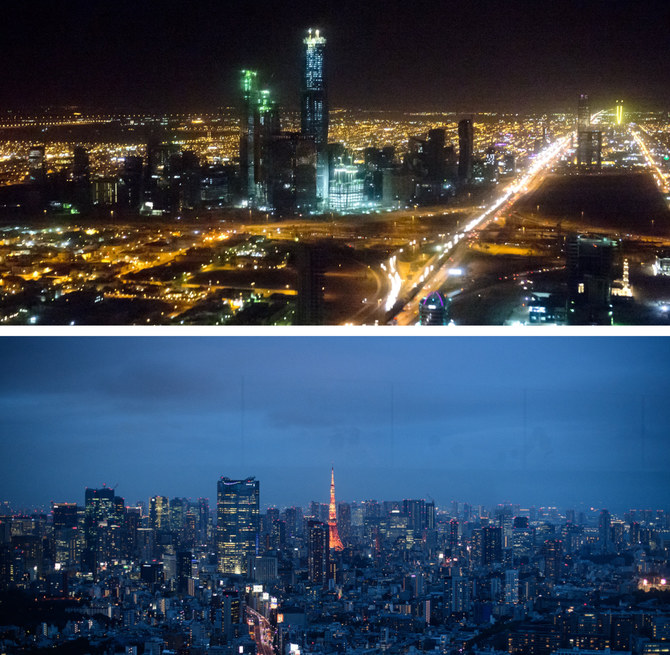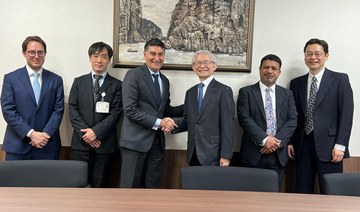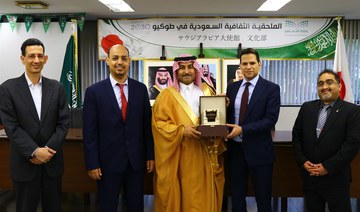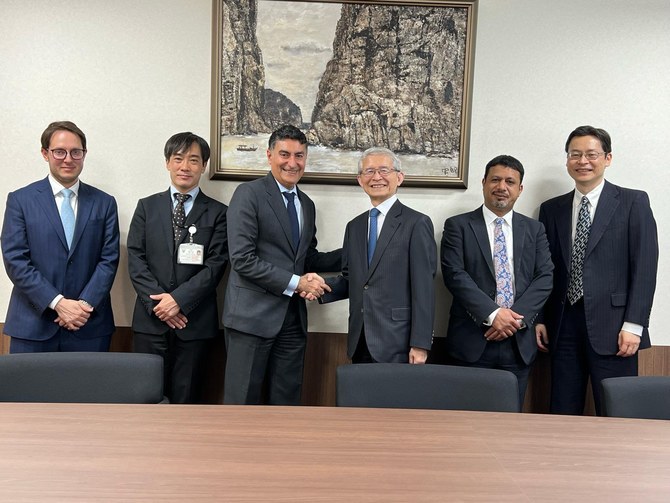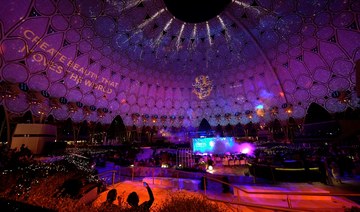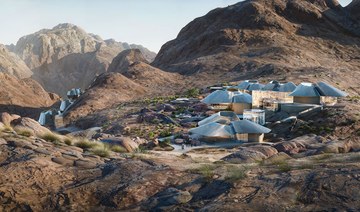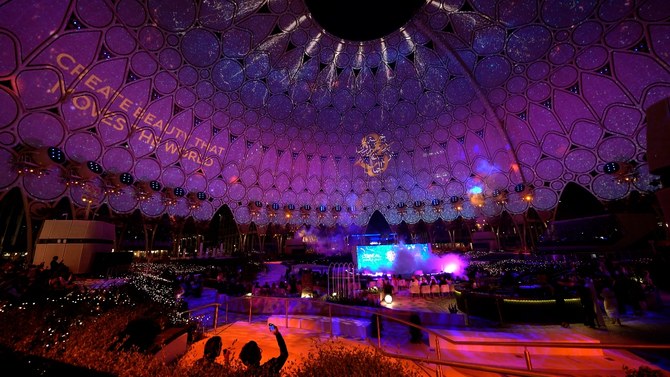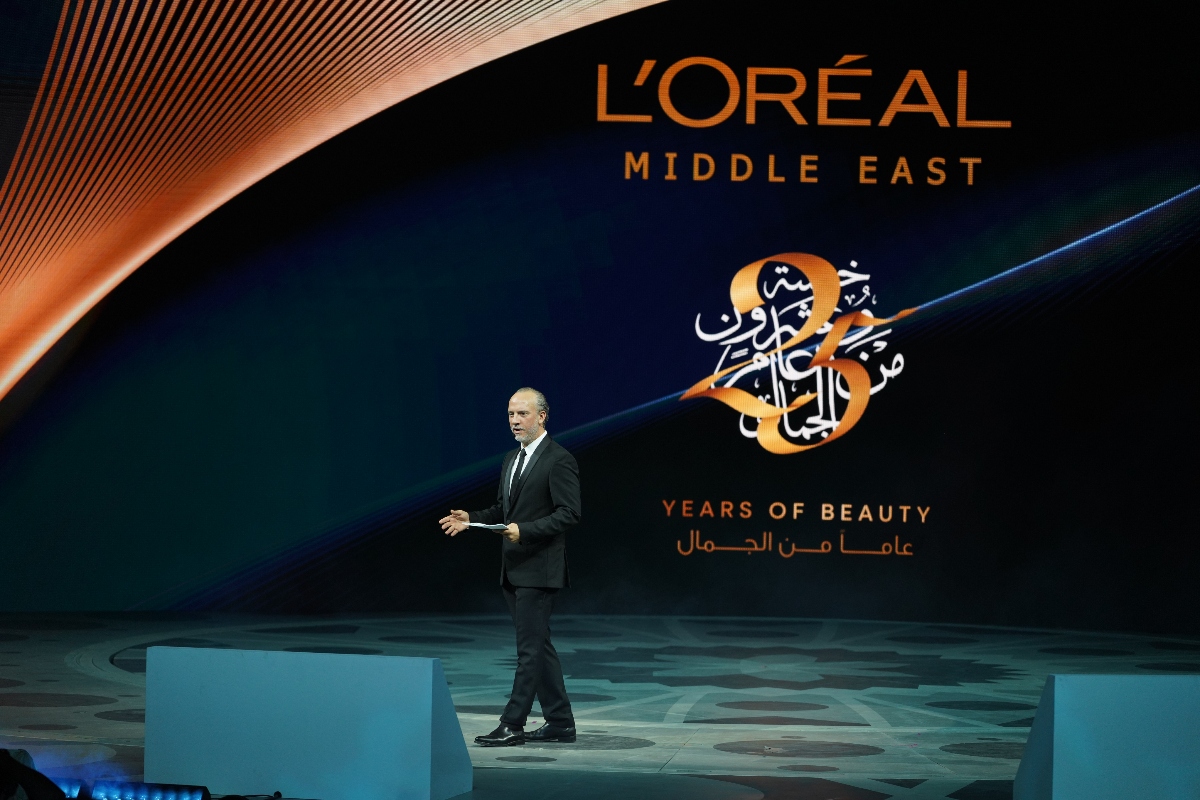JEDDAH: More than 2 billion Muslims in the world, regardless of sect or group, believe that loving the Prophet Muhammad (PBUH) is a fundamental Islamic tenet, an innate feeling of closeness celebrated annually in his birth month.
With Saudi Arabia recently lifting the ban on visiting the Prophet’s Mosque in Madinah, coinciding with the Prophet’s birth month, a sense of calm has been restored to the millions who want to come to pray in one of Islam’s holiest mosques.
For Muslims everywhere, the prophet is the most influential man in the world, a man possessing the highest moral excellence even before he became prophet. Different sources show that he was well-respected even by those who rejected his message.
The most obvious manifestations of Muslims’ love for the Prophet are the Mawlid celebrations, where Muslims commemorate the Prophet’s birth in a spiritual atmosphere. It is the expression of their love for the Prophet, a very special occasion that was adopted by Muslims two-and-a-half centuries after his death.
The Prophet’s birthday is fixed by tradition as the 12th day of the month of Rabi Al-Awwal—the third month of the Islamic calendar. It is said that he was born in 570 in Makkah and died in 632 in Madinah, where he had been forced go with his adherents in 622.
In the Hijaz region of western Saudi Arabia, many people consider Rabi Al-Awwal a month of celebration, so they take part in various charitable activities throughout the month, distributing food to the poor and donating money to local organizations. However, special attention is dedicated to the 12th night, the Mawlid.
It is a simple celebration where we gather to hear of his Sira (Life) and listen to Madh (Praise) that has been written for him, which has many sources in poetry and prose.
Usama Al-Kubaisi
It is written in Ibn Kathir: “The Night of the Prophet’s birth is a magnificent, noble, blessed and holy night, a night of bliss for the believers, pure, radiant with lights and of immeasurable price.”
“It is a simple celebration where we gather to hear of his Sira (Life) and listen to Madh (Praise) that has been written for him, which has many sources in poetry and prose,” Usama Al-Kubaisi told Arab News. “Since it is boring to read a prose text in a group of people, we collectively read poetry, recite prayers to the Prophet and remember his moral characteristics and the blessing of his message.”
There is no one way or one text used in these celebrations. Mawlid authorship is diverse and gathers different schools of thoughts, including Sufi, Shaf’i, Hanafi and even Hanbali. Texts usually tell his story of his life in detail, from his birth through all events in his life until his death, mentioning his looks, morals and noble deeds to remember him and follow his example.
Some of the best known texts read during Mawlids in Saudi Arabia are those by Al-Sakhawi, Al-Barzanji, and Al-Qawuqji, which describe the Prophet’s characteristics and features.
FASTFACT
Some well-known families in Hijaz celebrate it and hold annual gatherings such as in the house of the scholar Muhammad Alawi Al-Maliki, in Makkah.
“In Islam, we have the philosophy of dhikr or remembrance, it is a remedy to human’s deep-rooted forgetfulness. Therefore, we always need something to make us remember, draw attention back to ourselves, wonder about our truth, and look at what actually occupies our hearts and minds, our hopes and our goals. Occasions such as Mawlid play a similar role in a Muslim’s life,” Al-Kubaisi said.
Dhikr is at the heart of Islam and is practiced to build divine connection at different levels. Al-Kubaisi compares the Mawlid’s value for a Muslim’s life to the obligatory five daily prayers. However, the Mawlid is an annual reminder.
Although some people question the religious validity of such celebrations, Ibn Taymiyya, one of the most well-respected Islamic scholars, said the celebration of Mawlid “is good and in it there is a great reward,” as it motivates people to follow the Prophet’s perfect example.
“In Saudi Arabia, Mawlid is celebrated mostly by Sufis or admirers of the Sufi practice in the Kingdom but is not limited to them. However, it is not accepted by the Salafis.” Fadhel, from Jeddah, said.
“Some well-known families in Hijaz celebrate it and hold annual gatherings such as in the house of the scholar Muhammad Alawi Al-Maliki, in Makkah.”
The Night of the Prophet’s birth is a magnificent, noble, blessed and holy night.
Ibn Kathir
Fadhel who grew up as a Salafi, went on a long journey studying the different Islamic schools before he finally believed in the permissibility of Mawlid celebrations as it promotes love, kindness, and compassion. He now invites his friends to join these meetings every year.
He said that Mawlid is a better experience in a large gathering. However, it is possible for a person to celebrate it on their own or with the family by practicing any form of worship or expression of joy on that day, such as reading the Prophet’s life, popular poems about him, saying prayers to him and making donations or distributing sweets.
“It is not limited to men — women also celebrate it doing the same activities,” said Fadhel, “Families can set up their own celebrations, where both men and women gather to read and recite together,” as a display of happiness and lawful merriment.
Yaman Fattouh, from Madinah, belongs to a family with a Sufi heritage. He grew up with Mawlid gatherings from a young age, “I was lucky to have such a childhood growing up with the Prophet’s stories and serving people who gathered to remember his noble character, which has surely influenced my life beautifully.”
He explained that although the word Mawlid refers to the day when the Prophet was born, it also refers to the celebration which used to take place several times a year in Madinah, especially during Hajj and Umrah seasons, in which pilgrims also took part.
“There were various places and mosques that used to carry out such activities, and pilgrims from different Arab and Muslim countries would also join in — groups from Egypt, Morocco, and Syria would also share their Mawlid style and singing,” Fattouh said.
This rich heritage of genuine love for Prophet Muhammad takes the form of many types of celebration, whether they are religious events or even social occasions around Arab countries.
Some Muslims even developed an etiquette of gestures that has no religious foundation but is a sign of respect and love. For instance, some would stand when the name of the Prophet is mentioned, while others will place their hand on their hearts and lower their heads.
This culture of love toward the symbol of Islam is found in almost all aspects of its followers’ lives. It revolves around him, his names exists in all of their rituals, prayers, traditions and supplication, and the more they remember him and abide by his example the closer they will be to him in paradise.




